The Ford Mustang Is 60: Here’s Our Favourite Of Each Generation
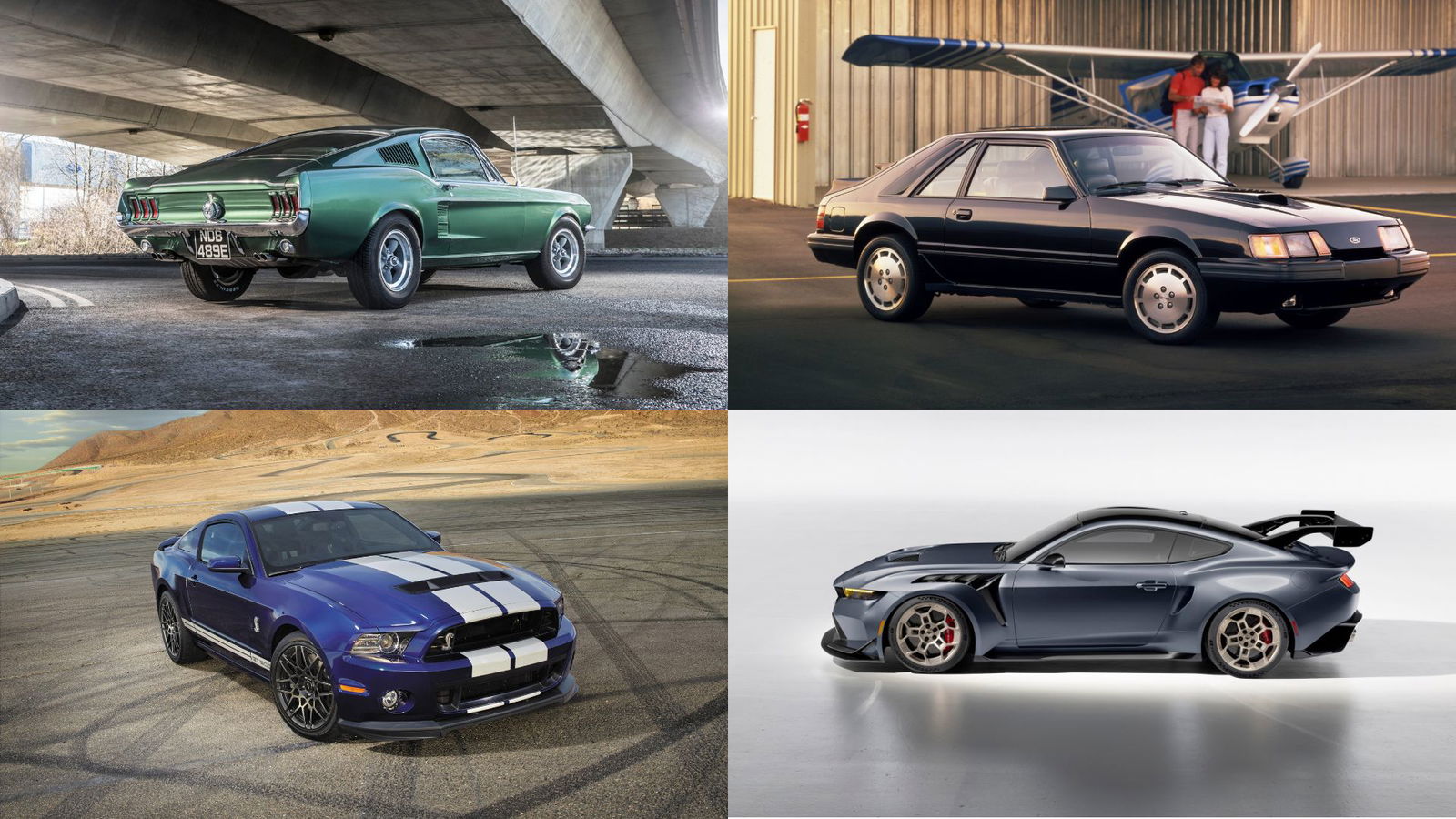
On 17 April 1964, Ford of North America unveiled a little car called the Mustang that would change the world forever. It became one of the most in-demand cars of its era, a cultural icon, and an unmistakable symbol of Americana. It also properly kickstarted the era of the muscle and pony car, and is still arguably its most iconic entrant. 60 years and seven generations into its production, it’s weathered plenty of ups and downs as competitors have come and gone.
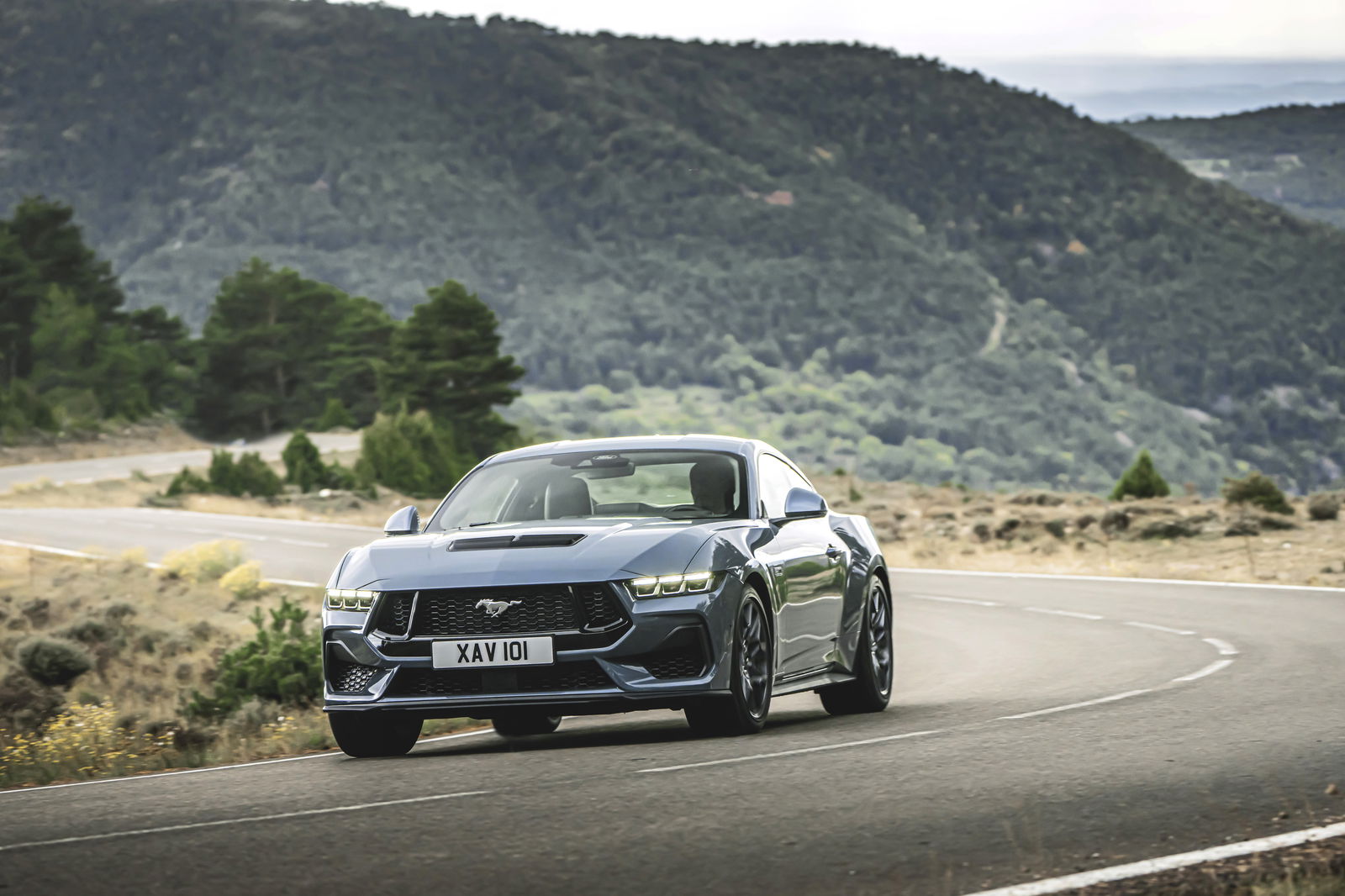
It’s one of only a tiny handful of cars still flying the flag for the naturally-aspirated V8 engine, and, with its two biggest rivals, the Chevrolet Camaro and Dodge Challenger both having ended production last year, it’s effectively the only new choice for those seeking the traditional muscle car recipe.
To celebrate this milestone, we’ve looked back at its seven generations and picked our very favourite version of each – not necessarily the fastest, rarest, or most expensive, but the one we crave the most.
First generation: GT 390 Fastback
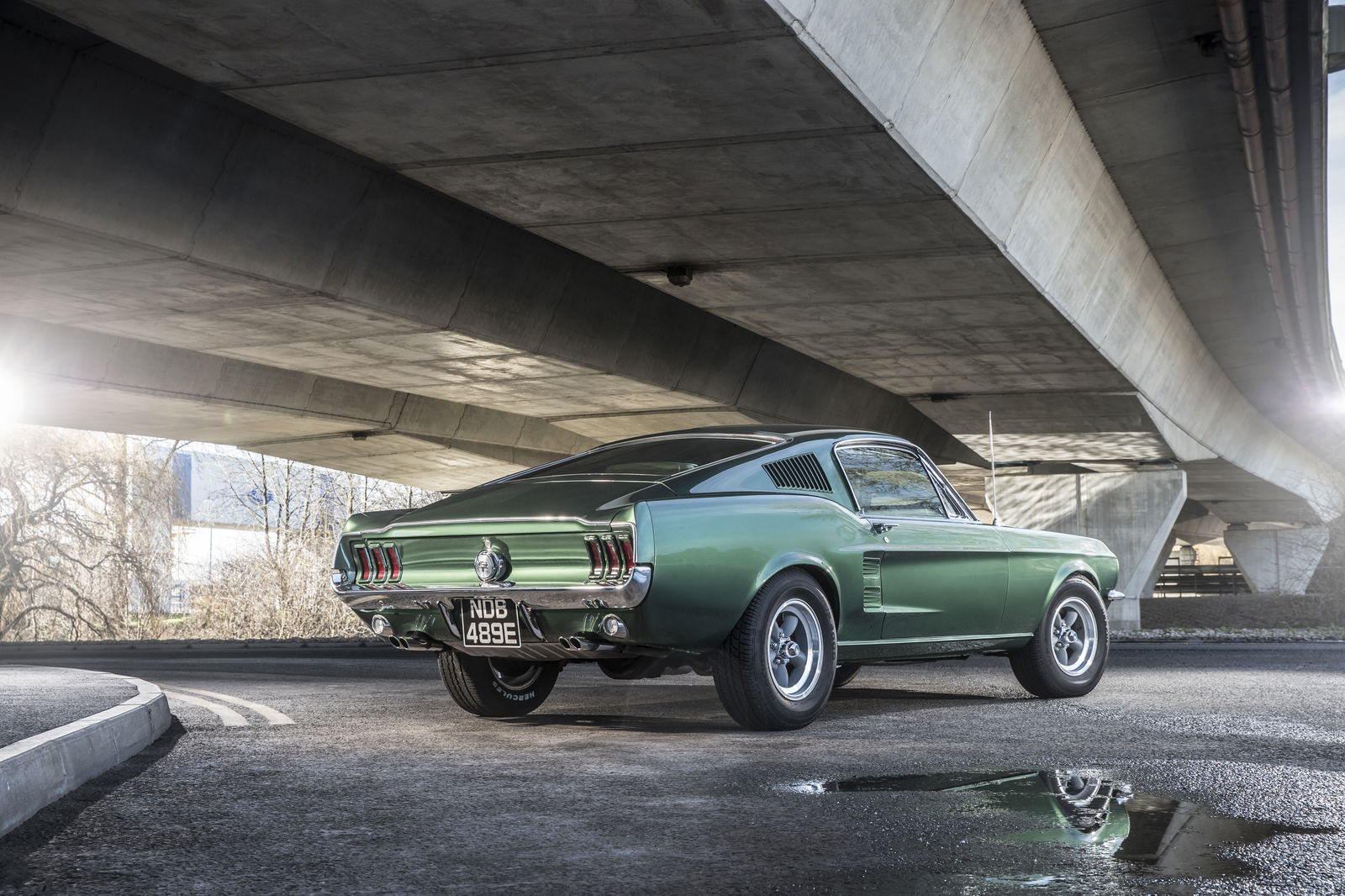
Yes, it’s the Bullitt car. It’s not like the first-gen Mustang was short on iconic derivatives – GT350, GT500, Mach 1, Boss 302, the game-changing original – but this one takes the cake for us, mostly because of the indelible image of Steve McQueen launching a Highland Green example over the hills of San Francisco, hubcaps flying.
In 320bhp, 6.4-litre (390ci) form, it neatly summed up the appeal of the Mustang: a big, rumbly V8, and a pretty fastback body, all for a relatively attainable price. It’s the car that arguably cemented the Mustang’s legendary status early on.
Second generation: King Cobra
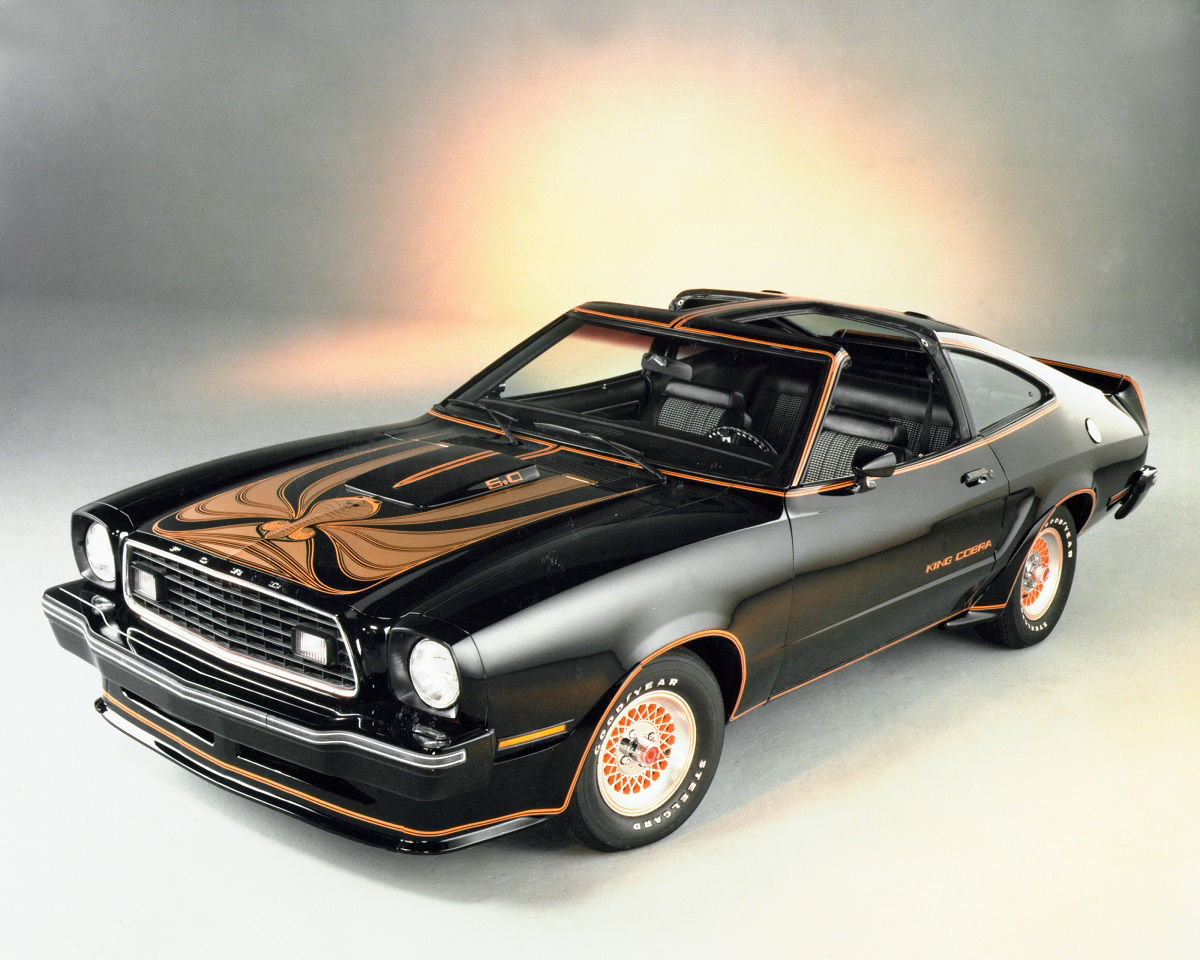
This one was a bit tricky. Introduced in 1973, right at the height of the first US energy crisis, as the nation’s V8s were being strangled, the second-generation Mustang is widely considered the worst of the bunch. By a long, long way. It wasn’t helped by its dowdy styling, or the fact that it was based on the infamously explodey Ford Pinto.
Arguably the closest thing to salvation came in 1978, the Mustang II’s final year of production, with the King Cobra. It wasn’t exactly a performance hero, managing just 139bhp from its 4.9-litre V8, and the Pontiac Trans-Am-aping graphics are, well… let’s just call them ‘of their time’. It’s probably the closest the Mustang II ever got to being properly cool, though.
Third generation: SVO
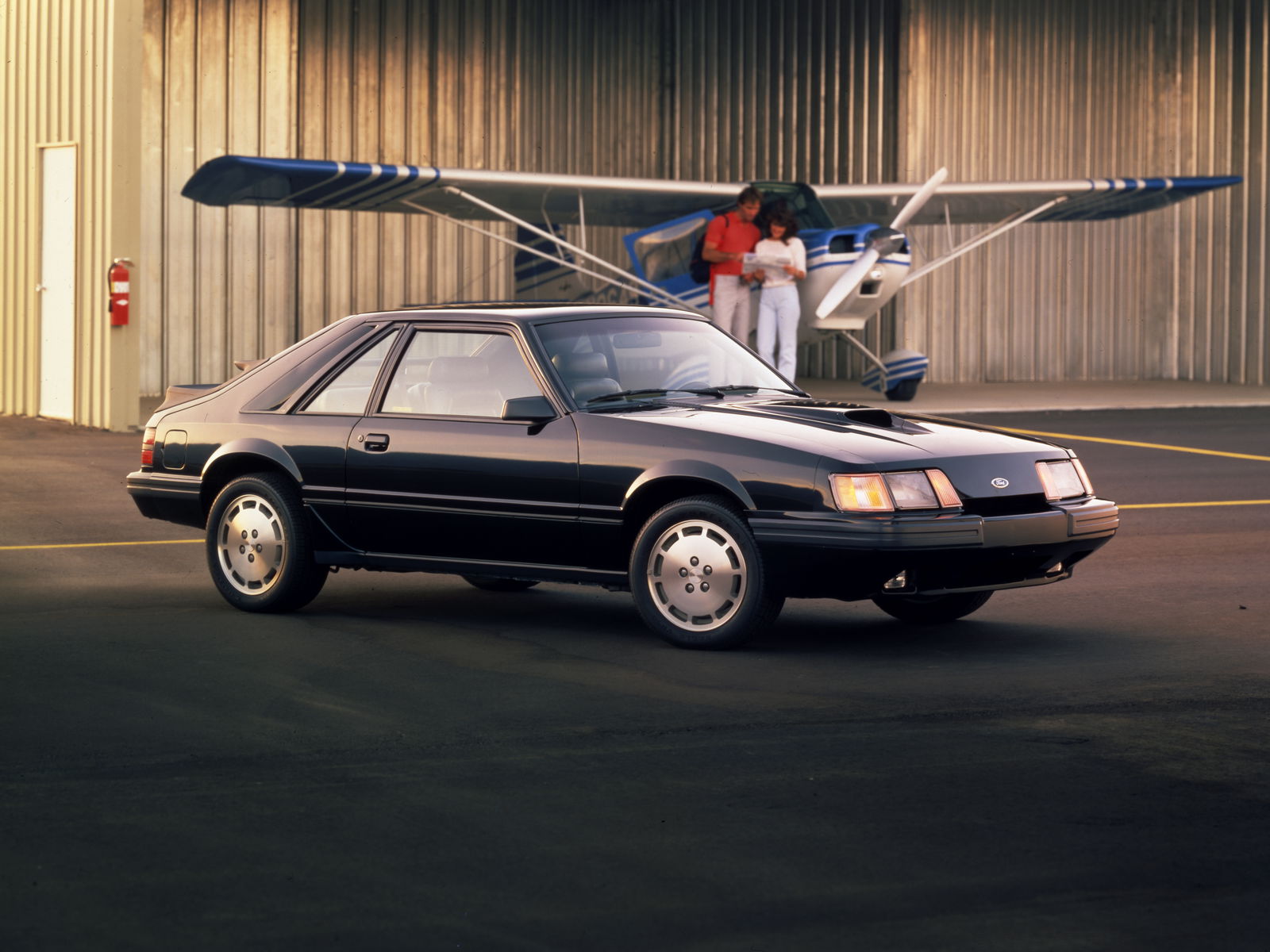
Yes, our pick for the third-gen ‘Fox Body’ ‘Stang, produced between 1979 and 1993, doesn’t have a V8. Put the pitchforks down, and let us explain. See, though an improvement on the embarrassing Mustang II, the V8 Fox Body was still hardly a rip-snorting muscle car. It took until 1985 for the 4.9-litre to creep back up above 200bhp.
Meanwhile, in the midst of the ’80s turbocharging craze came the Mustang SVO, with a 2.3-litre turbocharged four-banger that offered V8-matching power in a much lighter, more efficient package. Introduced in 1984, power would peak the following year at 205bhp. No, it didn’t have the classic muscle car soundtrack, but otherwise, you’d probably be having a lot more fun than someone in a V8 Fox Body – until the Cobra run-out special appeared, anyway.
Fourth generation: SVT Cobra R
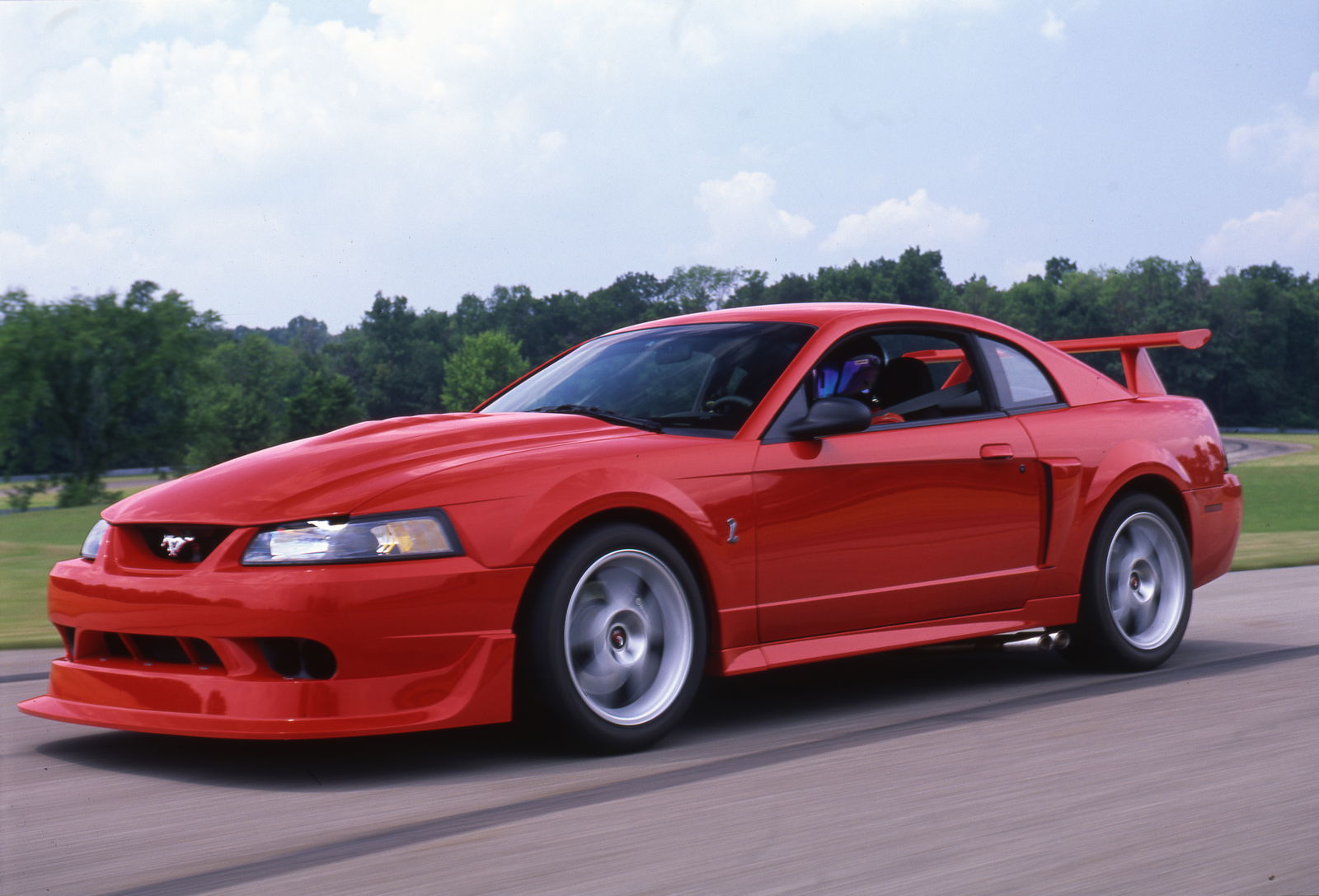
The high-performance SVT Cobra versions of the third- and fourth-gen Mustangs are the ones that arguably helped the car properly get its mojo back. Crucially, from 1999, they had something that saw the Mustang get taken seriously as a driver’s car again: independent rear suspension.
The ultimate iteration, though, undoubtedly came in the shape of 2000’s SVT Cobra R. Just 300 of these beasts were made, with a 385bhp naturally-aspirated version of the 5.4-litre V8 that would go on to power the Ford GT. Hooked exclusively to a six-speed manual, the Cobra R would hit 60mph in 4.8 seconds and could get somewhere north of 170mph. It was comfortably the most driver-focused Mustang since the original Shelby versions of the 1960s.
Fifth generation: Shelby GT500
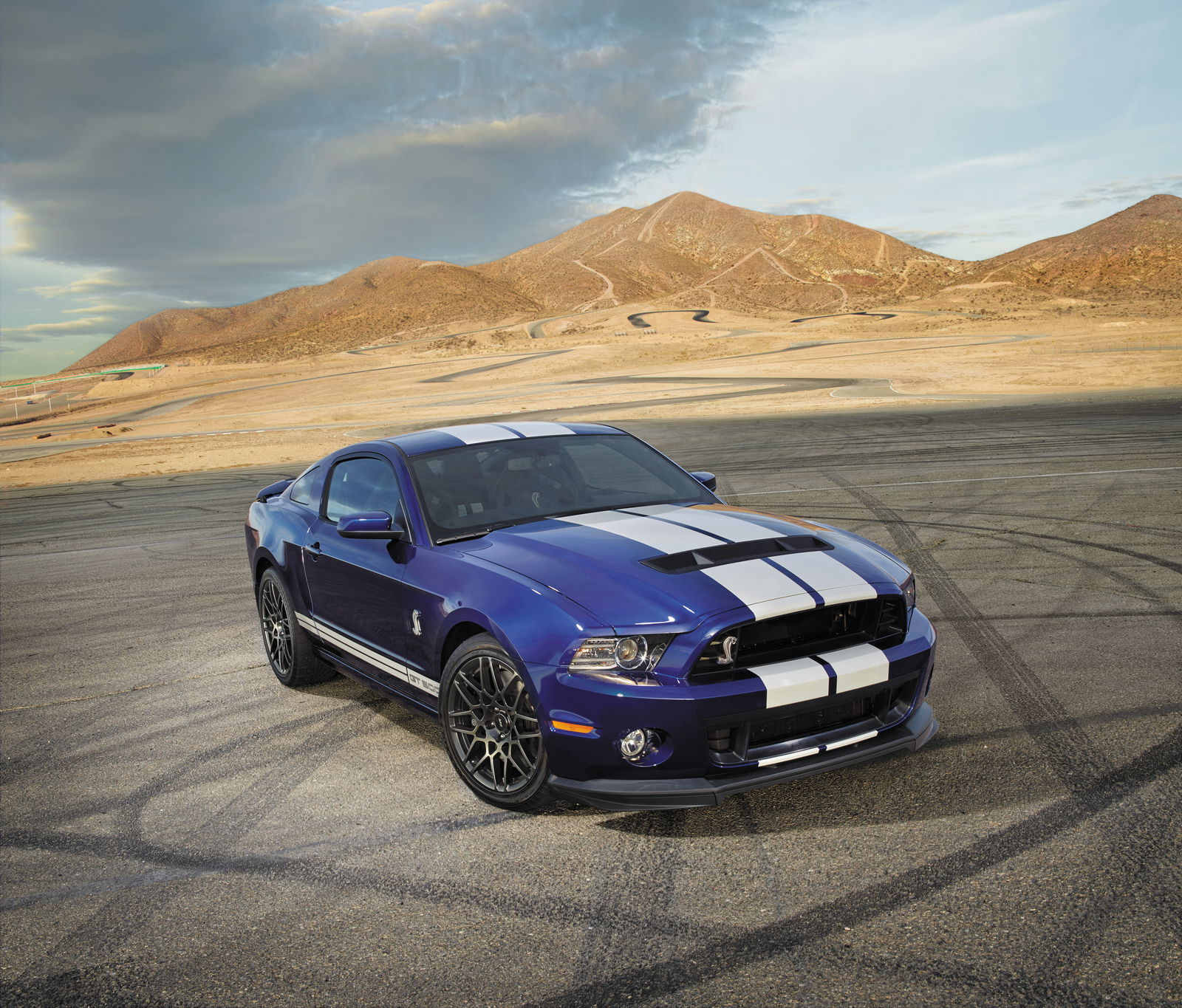
2004’s fifth-gen Mustang went all retro, with styling that directly called back to the original. Here, the version that captures our hearts is the Shelby GT500, specifically the last-of-the-line cars from 2012 to 2014. Fitted with a new 5.8-litre supercharged V8, it pushed out a faintly ludicrous 662bhp. At the time, it was the most powerful V8 ever fitted to a production car.
It managed 0-60mph in 3.5 seconds and would touch the magic 200mph barrier. It wasn’t just for the drag strip, though, with an optional Performance pack bringing adjustable dampers and a limited-slip differential. With those looks that referenced the original Shelby Mustangs, it was hard not to be taken – who could possibly resist a pair of big white racing stripes?
Sixth generation: Shelby GT350R
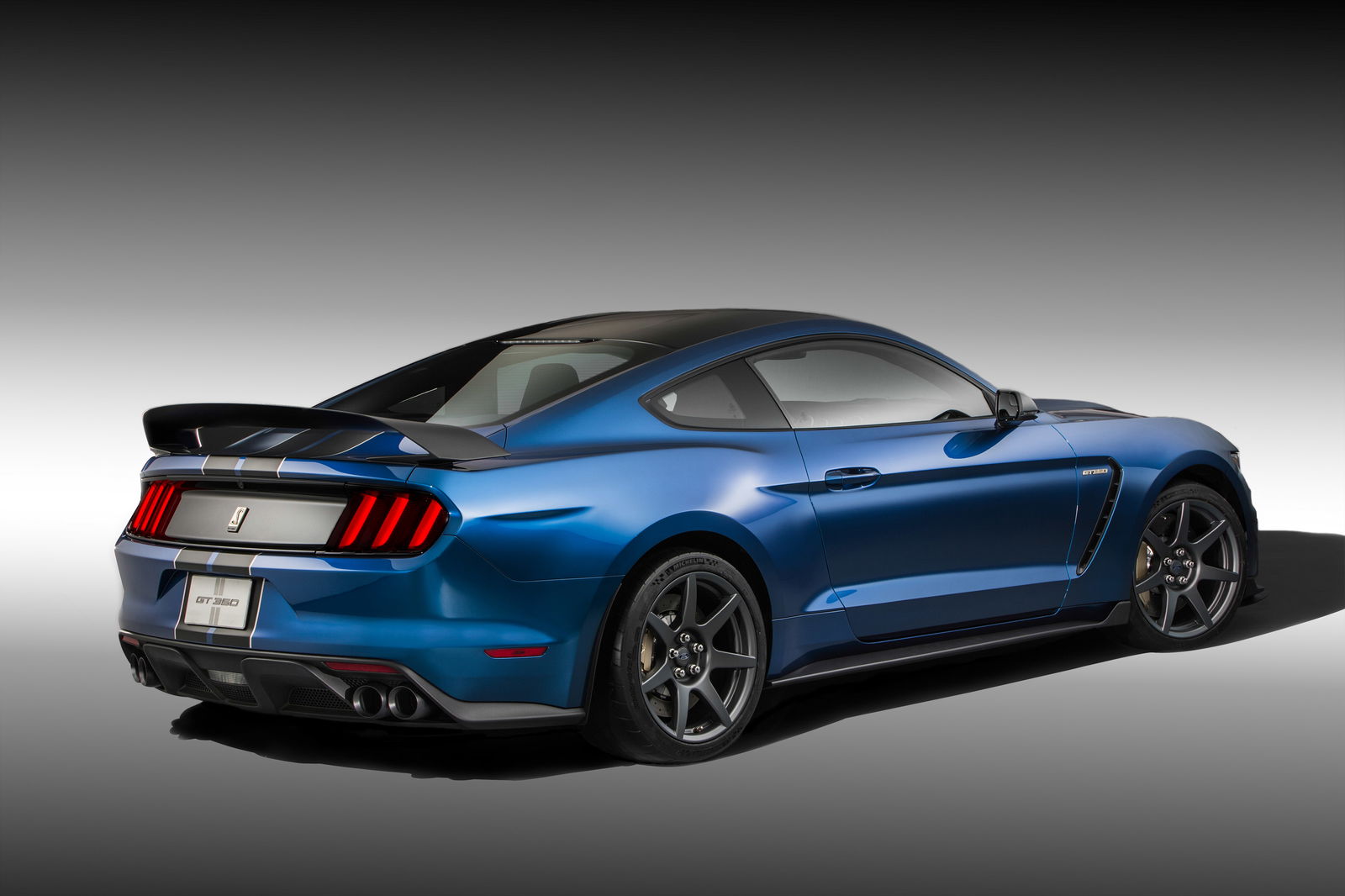
The sixth Mustang – the first to be offered with right-hand drive in the UK – came along in 2014, and was followed in 2015 by the first Shelby-badged versions, although they stayed North America-exclusive. Rather than going for outright supercharged power, handling and response were the name of the game. GT350 and harder GT350R versions were offered, both featuring the new 526bhp, 5.2-litre ‘Voodoo’ V8 that flipped muscle car expectations with a flat-plane crank, and a six-speed manual ’box.
The R version gained more aggressive aero and rubber and shed 59kg through measures as extreme as carbon fibre wheels (the first time such items had been fitted to a mass-production car). This was a Mustang that was now properly capable of taking on the lightweight specials the likes of Porsche and BMW were knocking out at the time.
Seventh generation: GTD
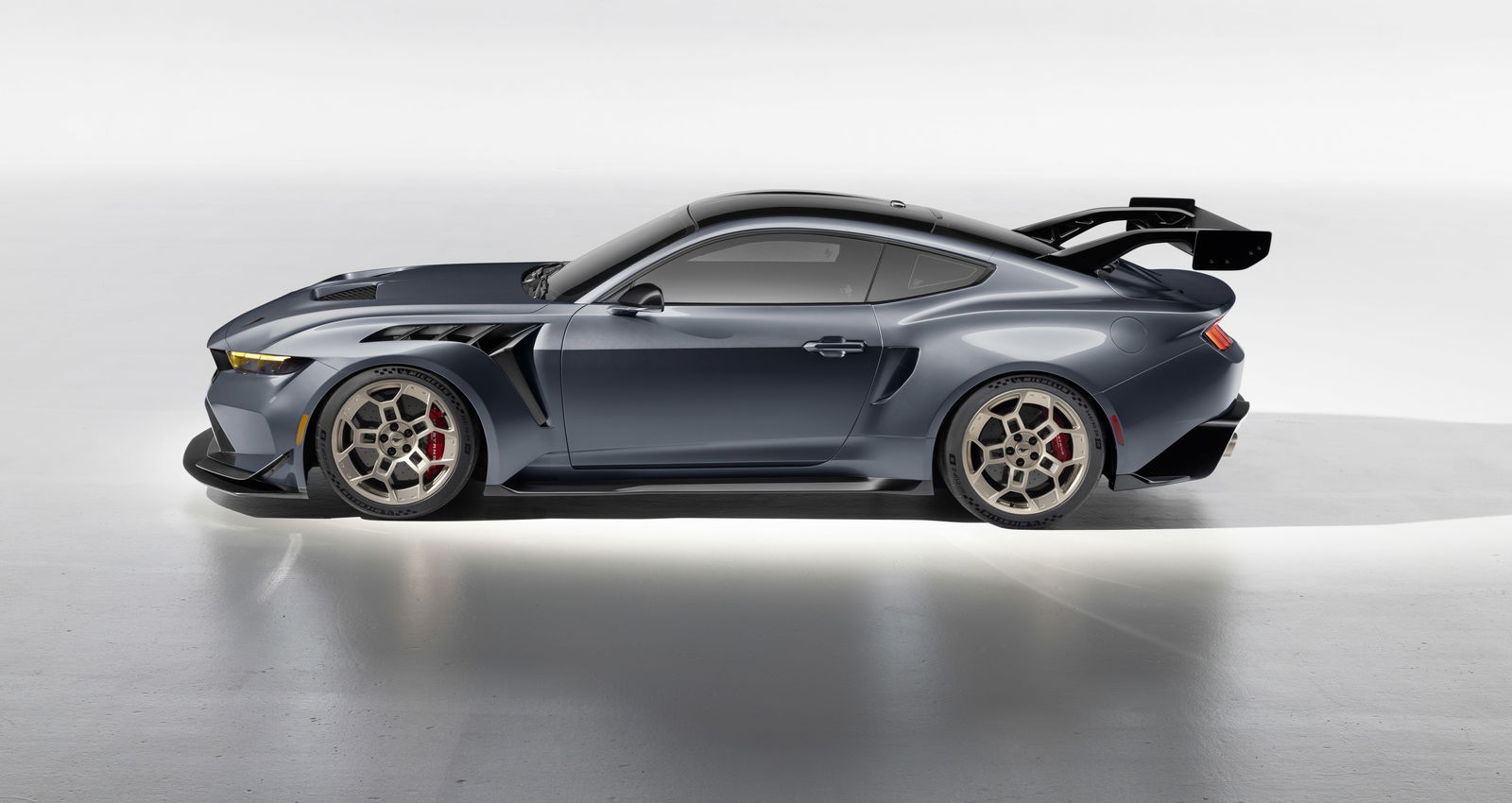
This one’s a bit of a cheat because nobody’s actually driven the Mustang GTD yet, but it probably won’t be a disappointment. Announced in 2023 not long after the debut of the seventh-gen as a whole, it has a full carbon fibre body inspired by the new Mustang GT3 racer, as well as a 5.2-litre supercharged V8 with around 800bhp. It’s got magnesium wheels, adjustable suspension, active aero and an eight-speed dual-clutch gearbox.
Basically, it’s Ford’s answer to things like the Porsche 911 GT3 RS, which is a heck of a long way for a model that was originally conceived as a stylish, affordable runaround to come. Happy 60th, Mustang. Sorry we didn’t send you a card.

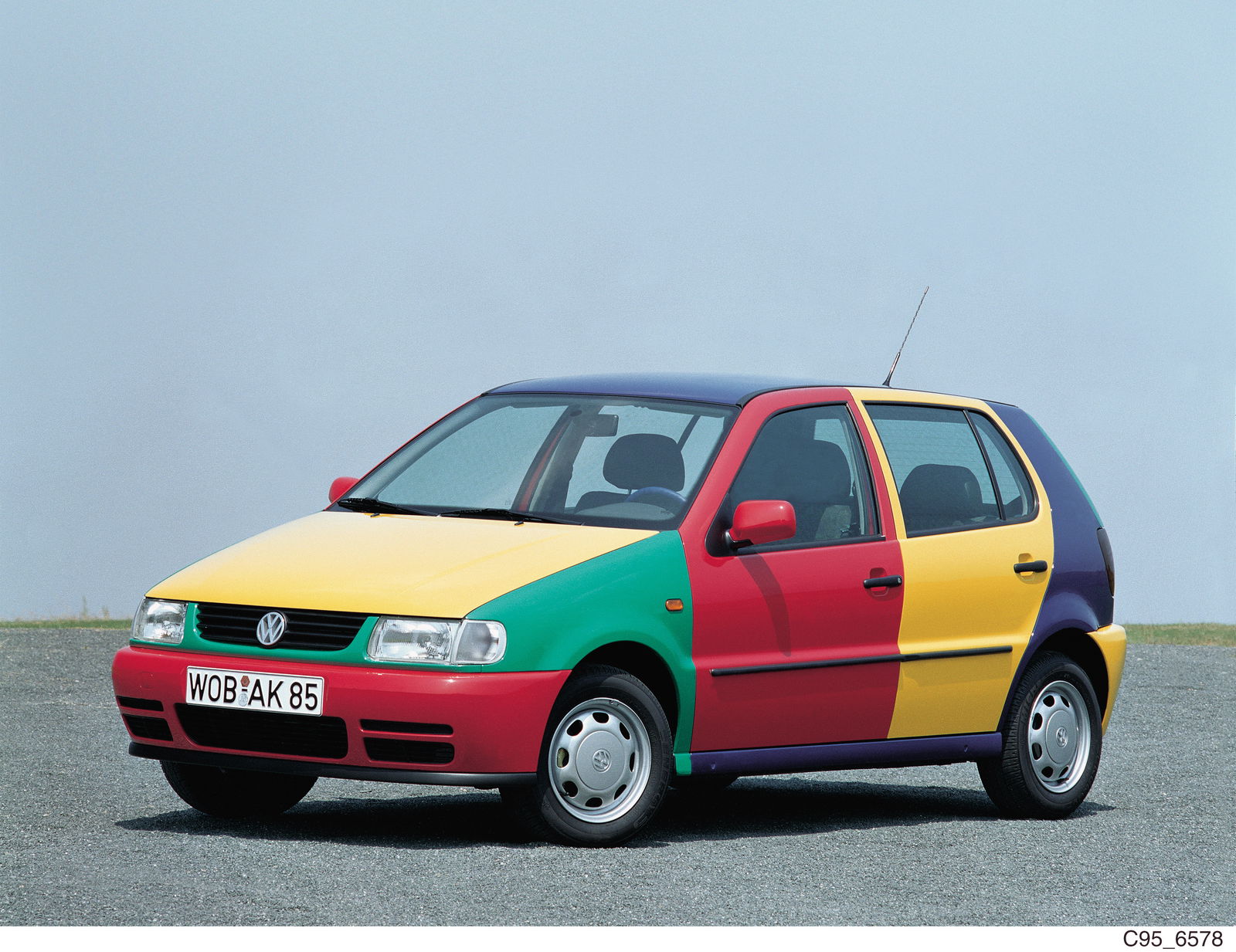

Comments